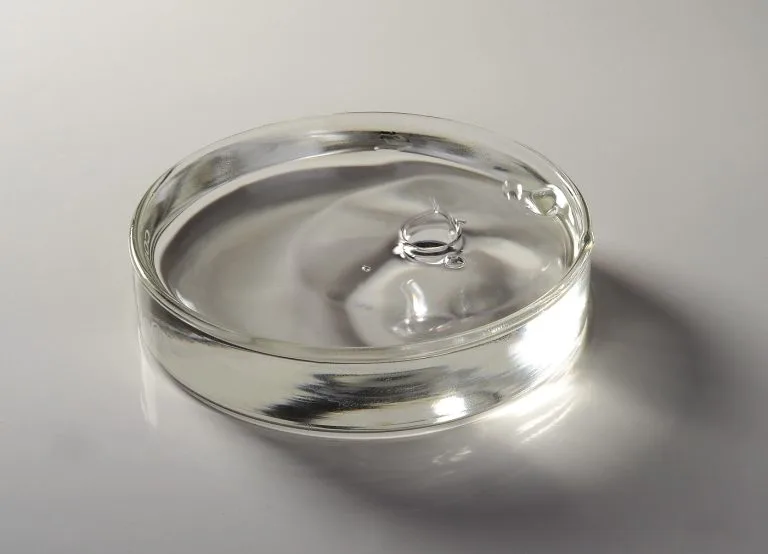 Liquid Paraffin
Liquid Paraffin
DESCRIPTION OF LIQUID PARAFFIN
Liquid paraffin, also known as mineral oil, is a clear, colorless, and odorless oil derived from petroleum. It is used in various industries and has a wide range of applications. Liquid paraffin is primarily composed of a mixture of hydrocarbons, much like solid paraffin wax, but it remains in a liquid state at room temperature. It is highly refined to remove impurities and is considered safe for various applications. Liquid paraffin is transparent and doesn’t have a distinct odor, which makes it versatile for use in different products. It is chemically inert, meaning it does not react with other substances, making it compatible with many applications.
LIQUID PARAFFIN (MINERAL OIL) GRADE
- Pharmaceutical Grade: This type of mineral oil is highly purified and is used for medicinal and pharmaceutical purposes. It is commonly used as a laxative to relieve constipation. It is often referred to as “liquid paraffin.”
- Food-Grade: Food-grade mineral oil is a specific type of pharmaceutical-grade mineral oil that meets the strict safety standards for use in the food industry. It is used to coat kitchen equipment to prevent rust and corrosion, as well as to polish and protect wooden cutting boards and utensils.
- Technical Grade: Technical-grade mineral oil is used in various industrial applications, including as a lubricant in machinery and equipment, as a coolant in metalworking, and as a cutting oil in machining.
LIQUID PARAFFIN APPLICATION
Medical and Pharmaceutical Uses:
- As a laxative, liquid Paraffin is used to relieve constipation by lubricating the intestines, allowing for easier passage of stool.
- It can be found in some topical ointments and creams used for skin conditions, such as dry skin or minor irritations. However, its use in topical applications has declined due to concerns about its potential to clog pores.
Cosmetic and Personal Care Uses:
- Mineral oil is a common ingredient in skincare and cosmetic products, including lotions, creams, and makeup removers. Its moisturizing properties help to lock in skin’s natural moisture.
Industrial and Machinery Lubrication:
- It is used as a lubricant in machinery and equipment, reducing friction and wear on moving parts.
- In the metalworking industry, mineral oil is used as a coolant during machining and cutting processes.
Wood and Furniture Care:
- It is applied to wooden surfaces, such as cutting boards and furniture, to protect against moisture and enhance the wood’s appearance.
Food Industry Uses:
- Food-grade mineral oil is used to prevent rust and corrosion on equipment used in the food processing industry.
- It is applied to fruits and vegetables, such as apples or cucumbers, to improve their appearance and extend their shelf life.
LIQUID PARAFFIN (MINERAL OIL) PRODUCTIONS PROCESS
The production of liquid paraffin, involves several key steps in the petroleum refining process.
Here’s an overview of the production process:
- Crude Oil Refining: Liquid paraffin is derived from crude oil. The first step is the refining of crude oil in a petroleum refinery. Crude oil is a complex mixture of hydrocarbons, and the refining process separates these components based on their boiling points. The goal is to obtain fractions that contain the desired hydrocarbons for liquid paraffin.
- Distillation: After crude oil has been refined to produce a fraction containing the desired hydrocarbons, it undergoes distillation. In this process, the crude oil fraction is heated in a distillation column, and the various components are separated based on their boiling points. Liquid paraffin, being a mixture of saturated hydrocarbons with relatively high boiling points, is obtained during this distillation process.
- Hydrofinishing: The liquid paraffin obtained from distillation may still contain some impurities or unsaturated hydrocarbons. To further purify it and ensure it meets the desired specifications, it undergoes a hydrofinishing process. In hydrofinishing, the liquid paraffin is treated with hydrogen gas at high temperatures and pressures to remove any remaining impurities and unsaturated compounds.
- Cooling and Collection: After the hydrofinishing process, the liquid paraffin is cooled, causing it to condense and become a clear and colorless liquid.
- Quality Control: Quality control measures are implemented to ensure that the liquid paraffin meets the specific standards and requirements for its intended use. This includes testing for purity, color, and other properties.
It’s important to note that the specific details of the production process may vary slightly depending on the manufacturer and the quality standards they adhere to. The purity and quality of the crude oil feedstock, as well as the level of refinement and treatment, will also influence the quality of the final liquid paraffin product. This product is used in various industries, from medicine to cosmetics and industrial applications, due to its non-reactive and lubricating properties.
LIQUID PARAFFIN SAFETY AND PRECAUTIONS
- Food-grade and pharmaceutical-grade mineral oils are generally considered safe for their intended uses when used according to recommended guidelines.
- While it’s considered safe for external use, when using cosmetic or skincare products that contain liquid paraffin, individuals with sensitive or acne-prone skin may want to exercise caution as it can potentially clog pores.
- In medical or dietary applications, it’s important to follow dosing instructions and consult a healthcare professional when necessary.
Mineral oil’s versatility and safety have made it a valuable product in various industries, from medicine and food processing to cosmetics and industrial applications. However, it should always be used as directed for its intended purpose.

